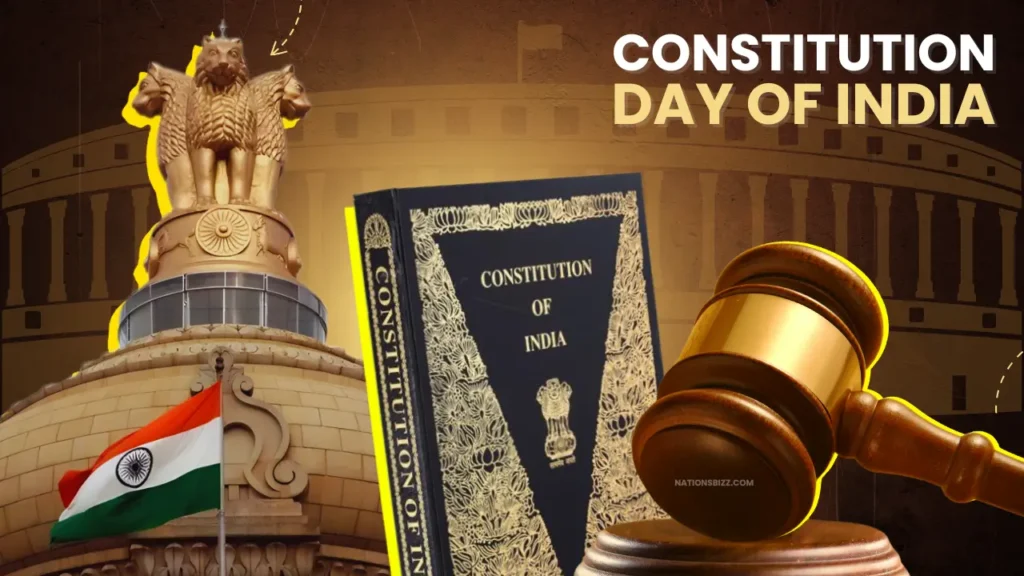On the night of May 19, 2025, Bengaluru witnessed one of its heaviest pre-monsoon downpours in recent years. Within just 12 hours, the city recorded 130mm of rainfall, the highest in the month of May in the last two years. What followed was chaos—flooded roads, stranded commuters, and submerged homes. This extreme weather event has again exposed the city’s lack of preparedness for heavy rain.
Streets Turn Into Rivers
As relentless rain poured down, it quickly waterlogged major roads in the city. Knee-deep water flooded areas like Silk Board Junction, Outer Ring Road, and Bellandur. Floodwaters completely submerged many underpasses, stranding vehicles and bringing traffic to a standstill for hours.
Public transport was badly hit. Several BMTC buses were canceled or rerouted, while cabs and autos struggled to move through flooded streets. Office-goers, especially those working in tech parks around Mahadevapura and Whitefield, had to wade through water or wait for hours for transport.
Flooded Homes and Rising Panic
Over 500 homes were affected, with rainwater entering houses, especially in low-lying areas. In some buildings, toilets overflowed and sewage backed up into kitchens and living rooms, creating health risks for families.
In many apartments, power was cut off as a safety measure, leaving residents in darkness for hours. Complaints about water seeping through walls and ceilings poured in from several neighborhoods.
Tragic Loss and Safety Concerns
Sadly, the rains did not pass without tragedy. At a construction site in Babusapalya, a wall collapsed due to the water pressure, killing five workers and injuring five others. The incident has raised concerns about construction safety and monitoring during extreme weather.
Emergency services were flooded with calls for help—from rescue operations to pumping out water from homes and clearing blocked drains. The BBMP (Bruhat Bengaluru Mahanagara Palike) received over 1,000 complaints during the night.
Social Media Reacts
Bengaluru residents turned to social media to share videos and pictures of flooded streets and stranded cars. Some users posted memes jokingly asking if Bengaluru had turned into a coastal city. Hashtags like #BangaloreRains and #FloodedCity were trending.
Many posts also criticized the government for repeated failures in managing the city’s drainage and road infrastructure. Several users tagged officials demanding accountability and immediate action.
Government Response
Deputy Chief Minister D.K. Shivakumar visited flood-hit areas and announced relief measures. He promised that encroachments along stormwater drains would be removed and that Rs 25,000 in compensation would be provided to affected families.
Temporary shelters, food supplies, and clean drinking water were arranged for displaced people. The BBMP also began clearing blocked drains and deploying pumps in the most affected areas.
Why Does This Keep Happening?
This isn’t the first time Bengaluru has suffered due to heavy rains. Experts have pointed out that the city’s green cover has declined by over 85% in the last four decades. Rapid urbanization, poor drainage planning, and the encroachment of lakes and stormwater drains have made the city highly flood-prone.
Many areas have buildings constructed illegally on lake beds or blocked canals, which stops the rainwater from draining naturally. As a result, even moderate rain often leads to flooding.
What Needs to Change?
To prevent such disasters in the future, the city needs long-term planning and sustainable urban development. Here are a few steps experts suggest:
- Modernize Drainage Systems: Upgrade old drains and build wider, deeper stormwater channels.
- Restore Lakes and Canals: Reclaim and protect lakes to help store excess rainwater.
- Enforce Building Regulations: Stop illegal construction on wetlands and ensure that buildings follow safety norms.
- Green Urban Planning: Increase green cover and use rainwater harvesting in every household and commercial building.
A Climate Wake-Up Call
Climate experts warn that extreme weather events like this are becoming more frequent due to climate change. Bengaluru must adapt to these changing patterns by being more climate-resilient. This means integrating weather forecasting, emergency planning, and green development into the city’s plans.
Final Thoughts
The 130mm rainfall in Bengaluru was not just a weather event—it was a reminder of the city’s urgent need for better planning and preparedness. As the IT capital of India, Bengaluru must now rise to the challenge of building a sustainable and flood-resilient urban environment. The time for temporary fixes is over. What the city needs now is real, lasting change.





















